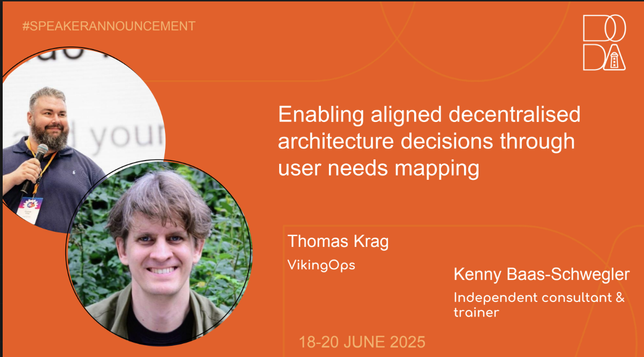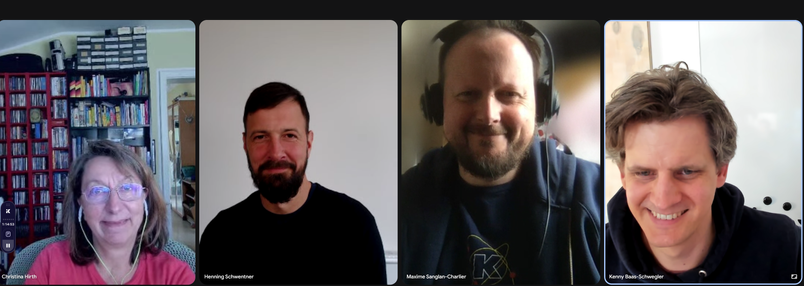It teaches how to apply DDD principles for more effective collaboration and building better digital products together, as I also write about in the co-authored book Collaborative Software Design!
Beyond the confirmed Dutch course, an English edition is available on September 15th and 16th in Amsterdam.
More details can be found here: https://connected-movement.com/course/domain-driven-design-voor-product-management/



